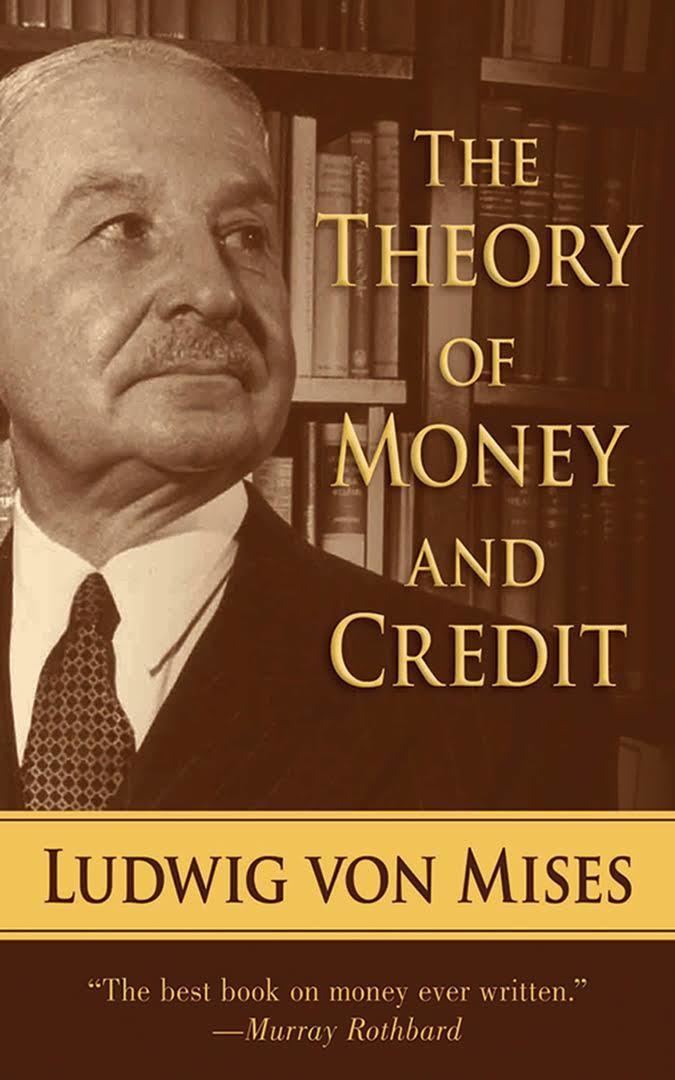8.6 /10 1 Votes8.6
Translator H. E. Batson Subject Economics Originally published 1912 Publisher Jonathan Cape Published in english 1934 | 4.3/5 Goodreads Language German Publication date 1912 Country Austria Genres Non-fiction, Treatise | |||||||||||||||||||||||||||||||||
 | ||||||||||||||||||||||||||||||||||
Original title Theorie des Geldes und der Umlaufsmittel Series Bedford series of economic handbooks Similar Ludwig von Mises books, Treatise books, Libertarianism books | ||||||||||||||||||||||||||||||||||
The Theory of Money and Credit is a 1912 economics book written by Ludwig von Mises, originally published in German as Theorie des Geldes und der Umlaufsmittel. In it Mises expounds on his theory of the origins of money through his "regression theorem", which is based on logical argumentation, not historic explanations. It is one of the foundational works of the Misean branch of the Austrian School of economic thought.
Contents
Content
The regression theorem explains why commodity money exists today. Mises looks at the origin, nature and value of money, and its effect on determining monetary policy. It does not concern all adaptations of money. He uses the so-called regression theorem, a statement backed by a step by step, logical reasoning. Mises explains why money is demanded in its own right. According to Mises, money has historically come about after there has been a demand for the money commodity in a barter economy. More generally, Mises says money can be traced back to some point "where the value of money is nothing other than the value of an object that is useful in some other way than as money." Classically, this is a commodity, but in modern times it might be, e.g. for crypto currency, exchangeability for established national fiat currencies.
Applications
Along with Carl Menger's Principles of Economics, and Eugen von Böhm-Bawerk's Capital and Interest, the book is among the foundational works of the Austrian School.
Publication history
.
Criticism
According to Michael Hendricks, "the regression theorem does a good job of explaining the creation of money, however it does not necessarily apply to all forms of money."
